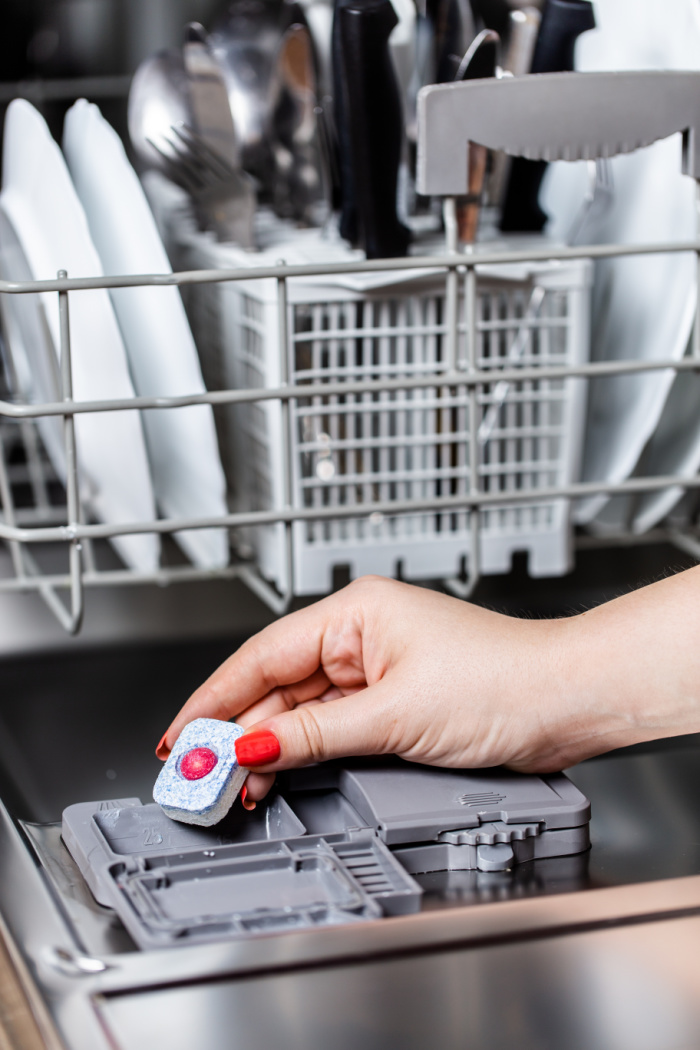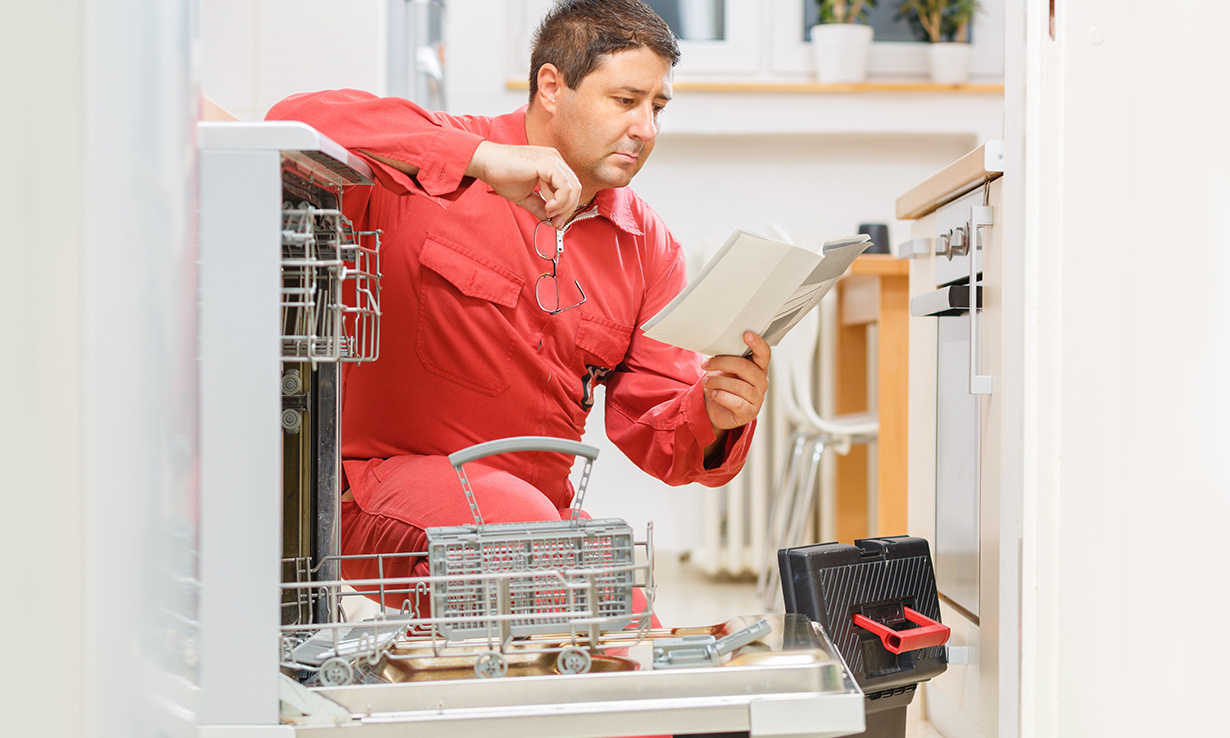They are making a number of great annotation about What to Know Before Installing a Dishwasher in general in this article which follows.

Dealing with a new dishwasher right into your residence is no little joke, especially if you're ordering the equipment online. Naturally, we suggest that you work with your plumber due to the fact that they are specialists at dishwashing machine setup. Plus, we have actually done this before so we can avoid little errors that can cause a great deal of discomfort in the future.
The 6 hacks will make your dishwasher installment as smooth as possible.
Find the electrical resource
Before welcoming your plumbing technicians over, make certain that there is a power outlet close to your recommended dishwashing machine location. If there isn't, you might require to run a wire to that area. These little miscalculations can make or mar your experience, so you would certainly do well to examine in advance.
You can use this possibility to check that your cooking area has an independent control to ensure that you can shut off the cooking area's power at once while appreciating power in the remainder of your home. This basic fixture can protect against several crashes as well as conserve you some money.
See to it the parts are full
If you're getting a cheap dishwashing machine, chances are that the components aren't complete. You can inspect the information supplied about the product to validate. If it isn't, you may require to go shopping for get rid of your plumber. Look for an intake tube, a power cord and even a vapor nozzle.
There is a substantial opportunity of purchasing dissimilar parts, so seek advice from someone with a lot of experience, to put it simply, your emergency plumbers.
Inspect your water shut-off shutoff
Your dishwasher will have its very own connection. It may be attached to your cooking area sink's supply, or it may have its own components from your major. Nonetheless, you need to understand that you can regulate the water that supplies your new dish washer.
While preparing for the setup, switch off all links to the kitchen. This can stop crashes and disruptions.
Inspecting your shut-off shutoff prior to your plumber arrives can likewise avoid you from unanticipated investings because you can't link a brand-new dish washer to a damaged shut off valve.
Likewise make certain that there are no cross links that can stop your dish washer from getting hot water.
TOOLS
Obtain the right measurements.
It is very essential that your dishwashing machine fits in completely with the remainder of your kitchen area devices. Prior to you position an order for the dish washer, take a measuring tape and also action front the top of the cooking area table to concerning an inch off the flooring. This is an usual blunder many individuals make. If you gauge from the top of the table to the flooring, your dish washer might be an inch greater than the table when it gets here.
Additionally, take the outcropping into account. European as well as American dishwashing machines have different thicknesses, so always consult your plumber.
Discuss positioning.
The best area to repair your dishwashing machine is right beside your sink, or below it. The farther your dishwashing machine is from your sink, the less functional the design. If you have any kind of visual objectives for your dishwashing machine, talk to your plumber regarding them. Always connect with your plumber.
How to Install a Dishwasher: A Step-by-Step Guide
Pick the right dishwasher
Since a dishwasher is an investment, you'll want to make sure you're putting your money into something that will give you sparkling-clean dishes for years to come.
Noise level Cycle options, like express cleaning or rinse-only Efficiency (fortunately, virtually any dishwasher will save water over hand washing) Finish Don't rush this decision. Do your homework and pick the dishwasher that's right for you.
Get your old dishwasher out (if applicable)
Safety (and mess-avoidance) first: Turn off electricity to the dishwasher at your circuit breaker and turn off the water supply using the valve under the sink.
At the bottom of your dishwasher, you should see a front access panel. Take this off using a screwdriver.
Disconnect the wiring connections and the water supply. The latter will probably have water in it, so have a bowl and some rags handy. Disconnect the drain hose, too.
Now, detach the dishwasher from any anchor points. These are usually located on the underside of your counter and the adjacent cabinets.
Finally, reach under the bottom of the dishwasher. It has four leveling legs that keep it flush with the top of the counter. Using pliers, adjust those to lower the dishwasher so you'll be able to pull it out.
Before you give it a tug, put some cardboard (the box from your new dishwasher will work) or an old blanket down so you don't scratch up your floor.
Hook up water, power and the drain hose
If you didn't have an old dishwasher to remove and skipped that step, now's the time to turn off the electricity (at your circuit breaker) and water (at the valve under your kitchen sink). You might also need to drill holes in the cabinet between where the dishwasher will go and the area under your sink. This will let you run the power cord, water supply and drain hose through.
Position your dishwasher near the gap where it will be installed and take off the front access panel. Depending on where the connections are, you may want to carefully lay it on its back for easier access.
Electrical
Identify the wire connection housing. It likely has a cover you'll need to remove. Your dishwasher comes with a power cord -- thread the end you don't plug into an outlet into there. Connect the wires to the respective wires of the same color (e.g., green to green, white to white, black to black). Replace the wire housing cover. Thread the cord under your sink and plug it in.
Water supply
Your dishwasher probably came with a small, 90-degree fitting that connects to the back of the unit, letting the water supply line extend parallel to the back of the dishwasher. Attach that first. Then, connect the water supply line that your dishwasher came with from the valve under your sink, through the hole in your cabinet, to that piece on the back of your dishwasher.
Read the manufacturer's instructions. Many dishwasher water supply connections are compression fittings, but you might need joint compound to get a leak-free fit. Add joint compound, if needed, and tighten the water supply line to the dishwasher and to the water connection under your sink by hand. Then, grab a wrench and give them a quarter-turn for a tight fit. Don't over-tighten or you could strip the threads.
Get the dishwasher in place
Now, if you put the dishwasher on its back, carefully tip it so it's right side up. Slowly and carefully push it into the space under your counter.
You may want to have a second person pull the power cord, water supply and drain hose through the hole in your cabinet as you do this to ensure any slack doesn't get caught under the dishwasher. You can feed any excess back behind the dishwasher once it's in place.
Test it out
Before you do all the fiddly work of getting your dishwasher perfectly positioned and anchored, run a full cycle. Don't forget to turn the water and power back on first.
If the dishwasher turns on, great -- you at least got the electrical connections right. If it doesn't, you may want to call a local electrician to come help you out.
As it runs (and afterward), check for leaks. Tighten any connections as needed, working in small increments to avoid over-tightening.
Level and anchor it
Once you're sure the dishwasher is working like it's supposed to, grab some pliers. Use those to adjust the legs under the dishwasher so that it's flush with your countertop. Grab your level to confirm it's flat or you could run into problems with drainage.
Finally, grab the brackets it came with and use those to anchor the dishwasher to the underside of your cabinet and the adjacent cabinets.

Do you really like reading about What to Know Before Installing a Dishwasher? Try leaving a remark down the page. We'd be pleased to hear your opinion about this blog posting. We are looking forward to see you back again in the near future. Sharing is caring. Helping people is fun. I enjoy reading our article about How to Install and Connect a New Dishwasher.
Book Inspection